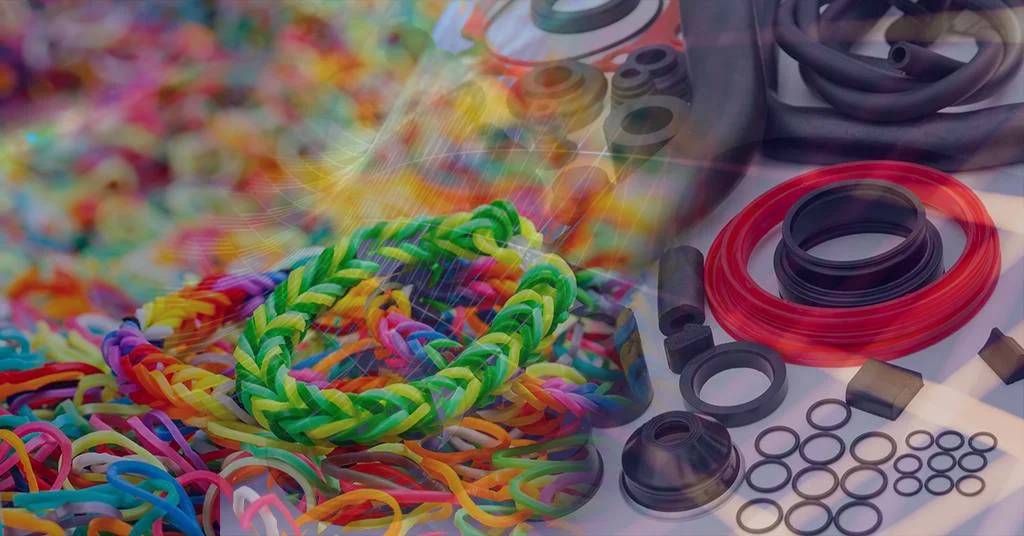Marginal Decline in US Butyl Rubber Prices Amidst Surge in Automotive Industries
- 04-Sep-2023 4:38 PM
- Journalist: Jung Hoon
Texas, USA: The United States has witnessed only a marginal decline of 1.6% in the prices of Butyl Rubber throughout August, and the overall market scenario seemed balanced. This unexpected shift in the market dynamics can be attributed to a delicate balancing act between the robust growth in the global automotive industry and the challenges the tire sector faces. On one side of the equation, the global automotive industry has been experiencing remarkable double-digit growth, leading to an increased demand for elastomers like Butyl Rubber. This surge in demand is primarily due to the escalating production of vehicles worldwide, which, in turn, has fuelled the need for high-quality rubber materials.
However, this positive outlook was balanced by challenges faced by the tire industry, significantly reducing the demand for Butyl Rubber. Import figures for medium truck/bus tires, which had surged in 2021 and 2022, experienced a sharp 41% drop in the second quarter of 2023. This decline continued for six months, with imports falling by 25%. The passenger and light truck tire segments also saw double-digit imports decline for the second quarter and the first half of the year. This downturn can be primarily attributed to efforts within the wholesale sector to manage excess inventory resulting from over-ordering during the supply-chain crisis of 2022, and it has had a notable impact on the Butyl Rubber market.
Furthermore, the decreasing costs of raw materials like isobutylene and isoprene have shaped the overall pricing of Butyl Rubber. These cost reductions in the Butyl Rubber market have somewhat mitigated the strong influence of the booming automotive industry. While these industry-specific factors are crucial, the broader crude oil market also contributes to pricing. Recent shifts in the market, such as the potential resurgence of Kurdish oil exports and evolving US-Venezuela relations, have put downward pressure on oil prices. However, this effect has been balanced by positive developments like reductions in US crude inventories and lower-than-expected product stock levels in Europe. Consequently, there have been no significant fluctuations in crude oil prices over the past two weeks, which has helped keep Butyl Rubber prices relatively stable.
In summary, the decline in Butyl Rubber prices in the USA market during August results from a delicate interplay between the booming automotive industry's demand and the tire sector's struggles. The latter, driven by inventory management and supply chain issues, has significantly impacted the demand for Butyl Rubber. Nonetheless, the price reductions in feedstock elements and the stable crude oil prices have kept the price decline gradual and manageable. It remains to be seen how these market dynamics will evolve in the coming months and whether the tire industry can rebound, potentially leading to a shift in the Butyl Rubber market.



